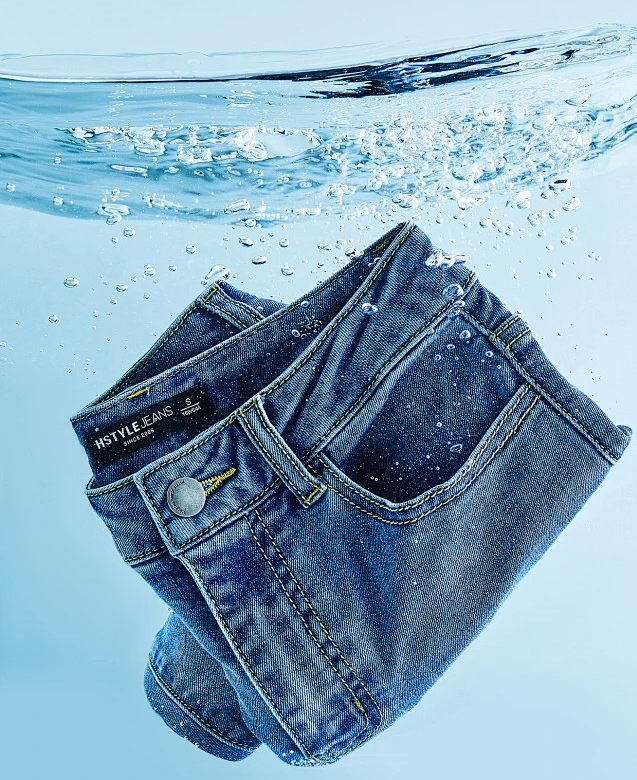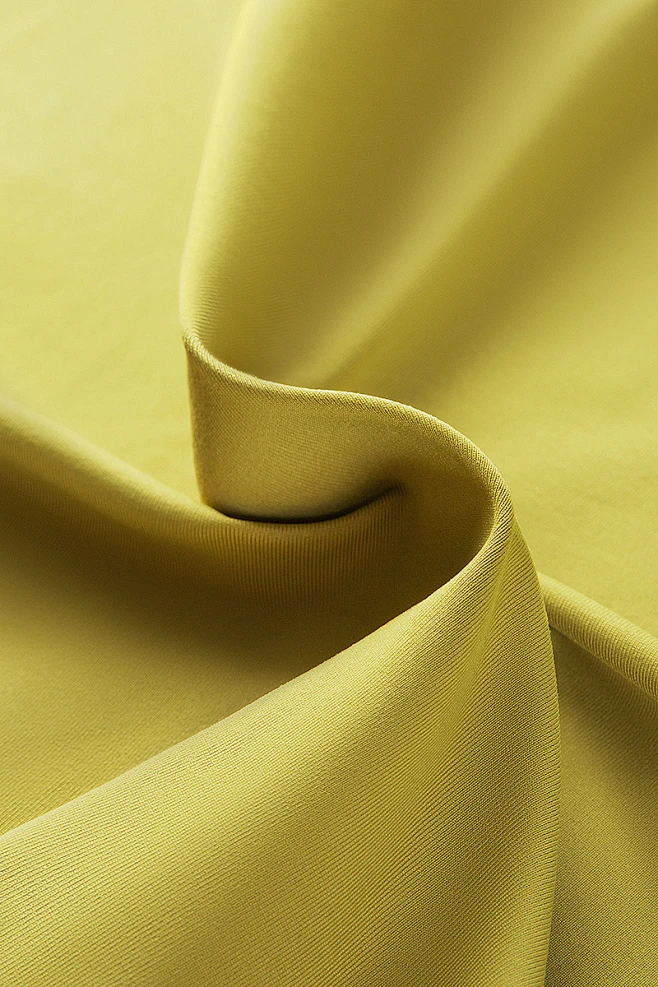Release time:2025-03-24
In textile finishing, amino silicone oil has become a cornerstone of high-performance softeners due to its unique properties. Compared to conventional silicone oils or organic softeners (e.g., quaternary ammonium salts), amino silicone oil forms chemical bonds with fibers, delivering long-lasting softness, smoothness, and wrinkle resistance.
| Property | Amino Silicone Oil | Organic Softeners |
|---|---|---|
| Softness | Silky, fluffy, cashmere-like feel | Temporary softness, washes out |
| Durability | Withstands 20+ washes | Degrades after 3-5 washes |
| Fiber Compatibility | Cotton, linen, synthetics, blends | Limited to specific fibers (e.g., cotton) |
| Eco-Friendliness | Low volatility, OEKO-TEX® compliant | Potential formaldehyde/APEO risks |
| Multifunctionality | Compatible with water repellency, anti-static | Single-function |
The amino groups (-NH₂) in its molecular structure drive its performance:
Strong Adsorption: Forms hydrogen/ionic bonds with fiber hydroxyl (-OH) or carboxyl (-COOH) groups.
Oriented Alignment: Creates a continuous elastic film on fibers, reducing friction.
Thermal Stability: Withstands high-temperature processing (180-220°C), ideal for calendering and heat setting.
To meet demands for multifunctional textiles, amino silicone oils are evolving in these directions:
Hydrophilic Modification: PEG grafting improves moisture absorption, addressing hydrophobicity issues.
Low-Yellowing Technology: Epoxy/polyether modification minimizes fabric yellowing under heat.
Microemulsion Systems: Sub-100nm particle size enhances penetration, stability, and energy efficiency.
Per the 2024 Global Textile Auxiliaries Report, amino silicone softeners hold 62% market share, driven by:
✅ Consumer Demand: "Love-at-first-touch" fabric hand feel.
✅ Premium Branding: Essential for luxury lingerie, loungewear, and baby textiles.
✅ Sustainability: Compatibility with bio-based fibers (e.g., Lyocell, PLA).
Denim: Softens while preserving fabric structure, reducing wash cycle abrasion.
Microfiber Towels: Enhances absorbency without organic softener-induced "false slip."
Sportswear: Hydrophilic variants enable softness + moisture-wicking duality.
Conclusion
Amino silicone oil is not just the "soul" of softeners but a catalyst for textile innovation. As sustainability regulations tighten and consumer expectations rise, amino silicone-based solutions are redefining value standards for modern textiles.






Here you can send us an inquiry concerning general questions
about abk.
Our site uses cookies to provide you with a better onsite experience. By continuing to browse the site you are agreeing to our use of cookies in accordance with our Cookie Policy.
I AcceptOur site uses cookies to provide you with a better onsite experience. By continuing to browse the site you are agreeing to our use of cookies in accordance with our Cookie Policy.
I Accept